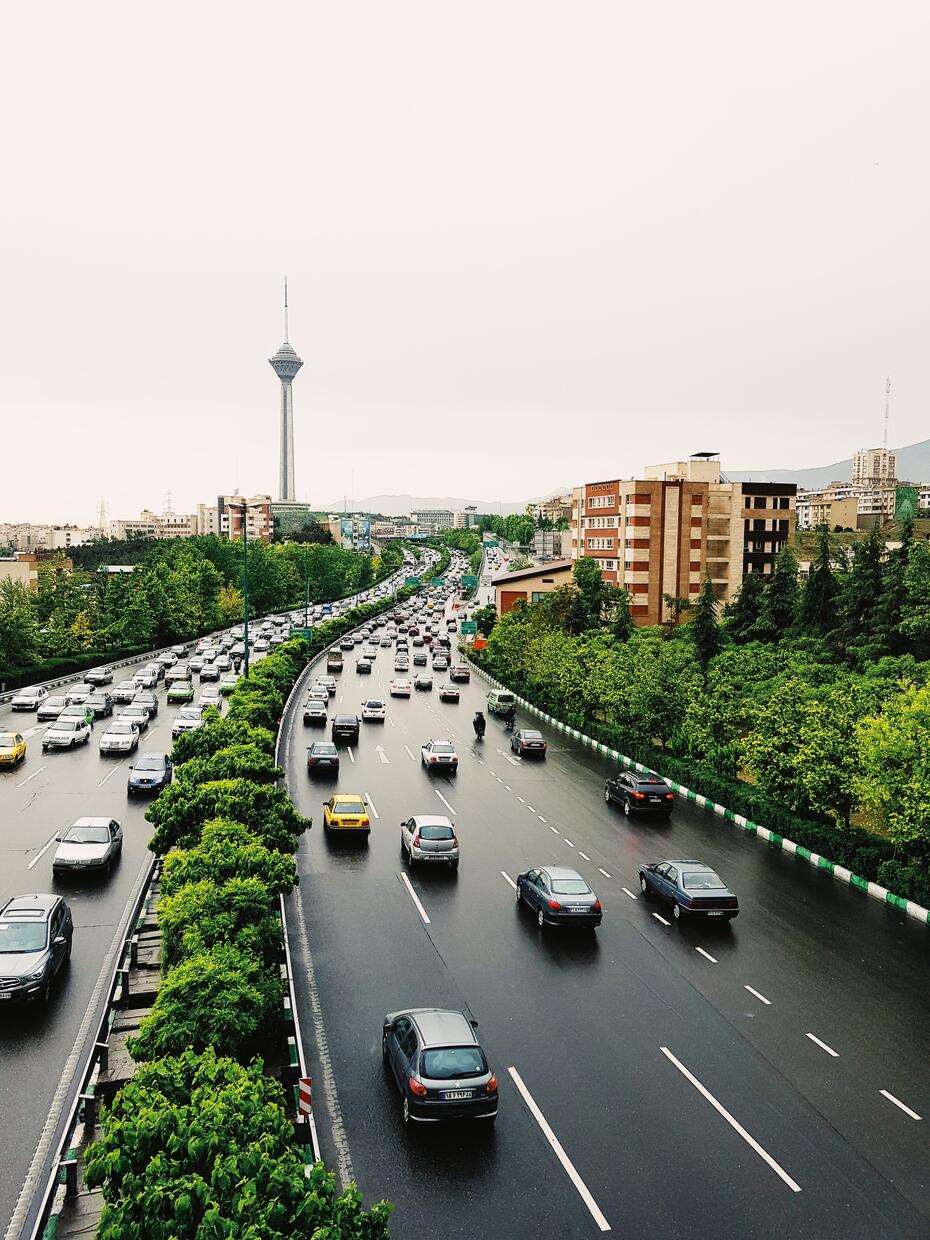April - Distracted Driving Awareness Month

Distractions Are Dangerous
We’ve all done it. Entered an address into GPS, glanced at an incoming message, and maybe even fired off a quick text to our kids or spouse. All while cruising behind the wheel and feeling completely in control—in control enough to do something else.
And then, we’ve looked up and had to make a quick correction to avoid an incident.
Since April is Distracted Driving Awareness Month, it’s the perfect time to remind everyone—including ourselves—just how dangerous and deadly lapses in concentration behind the wheel can be.
While our recent Safety Bulletin talks about the specifics of regulations and enforcement for Commercial Motor Vehicle (CMV) drivers and their employers, this blog will give you information that’s relevant to everyone out on our roads—information worth sharing.
Consequences of Multitasking
While some people claim that they are excellent multitaskers, the data simply doesn’t back them up. Juggling two different tasks at a time reduces efficiency and proficiency in both, and the consequences of that are very different when you’re talking about phone calls and emails versus sitting behind the wheel.
In 2021, in the U.S., 3,522 people were killed because of distracted driving. That’s not to mention the 424,000 people who were injured in 2019—more than 1,204 per day.
Those are extremely high prices to pay because someone needed to take a bite of their breakfast, make the perfect knot in their tie, or check last night’s scoreboard while driving. Our phones may be big part of the problem, but they aren’t the only distraction we have to be aware of.
Not phones:
- 87% of motorists are parents distracted by young children when driving.
- 31% of drivers are distracted by their dogs in the car.
Phones:
- 55% of motorists talk on the phone, even though it might be hands-free*.
- 40% of drivers browse social media while driving.
- 25% of motorists feel pressured to respond to work messages while driving.
*Hands-Free isn’t Distraction-Free
An even greater risk than being legally intoxicated, texting and driving makes you six times more likely to be in a crash. In response, many local and regional governments have banned cell phones from being hand-held while we’re in the driver’s seat.
However, while laws and regulations are being passed to address the dangers of texting while driving, researchers have continued to discover that any conversation pulls your brain’s functional attention away from the task, literally, at hand.
When you talk to someone on the phone, your brain builds a picture in your mind. What is the person’s emotional state? What room are they in? What are they referring to? That level of visualization competes with the brain’s ability to process actual visual information.
To compensate, as drivers, we resolve ourselves to focus more fully on the road ahead, but this gives us tunnel-vision and limits our use of rear-view mirrors, and whether we can see signs, curbs, or even pedestrians.
The Safest Route
It sounds trite, at this point, to say that the safest way to drive is with zero distractions—we all know that. But kids need to get to soccer practice, deadlines can be tight, and drive-thru meals are a thing for a reason.
The key to mitigating risk to us, our passengers, and everyone who shares the roads and sidewalks, is to understand that our focus and ability is hampered by any other task we take on while driving—it’s the result of how our brains function.
So, we have to outsmart our brains and make a deliberate decision to arrive at our destination safely by limiting the risk of distraction every time we drive. Keep your phone on silent and well out of reach, finish your snack before you leave, and let everyone know you’ll be in the car.
If you need to check for a message from your boss, settle an argument between the kids, or sneak in a quick lunch, pull over and give your full attention to what’s pulling at your attention. The cost of not being mentally present behind the wheel can be catastrophic for everyone involved.
Safe travels.






